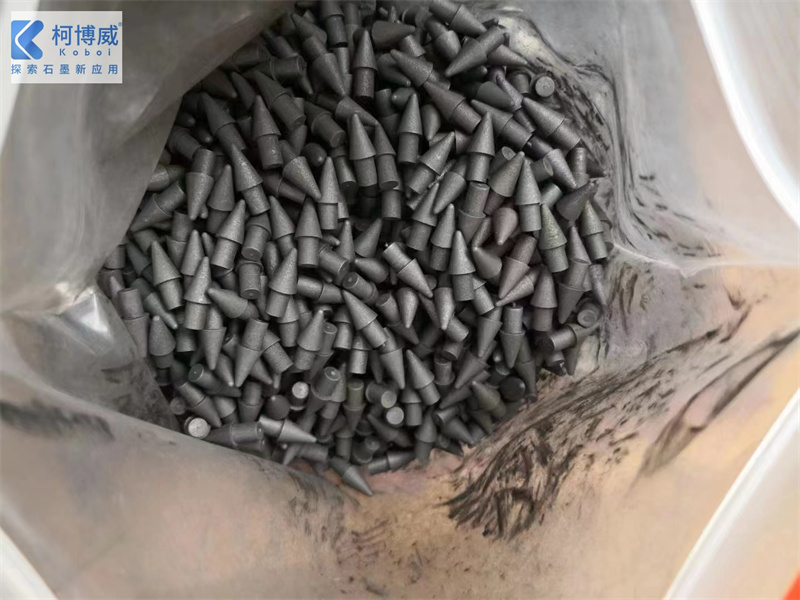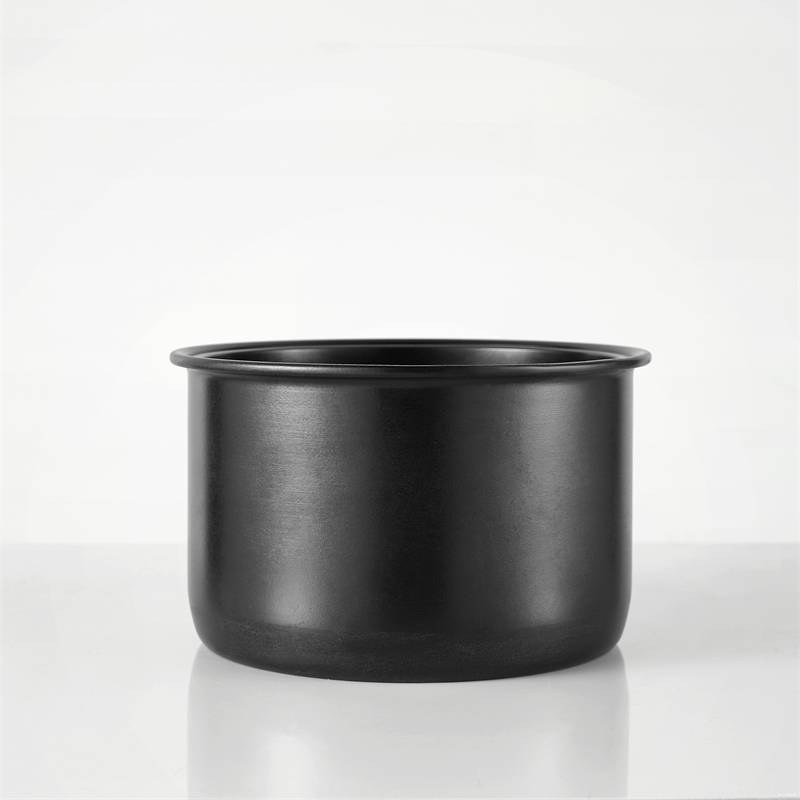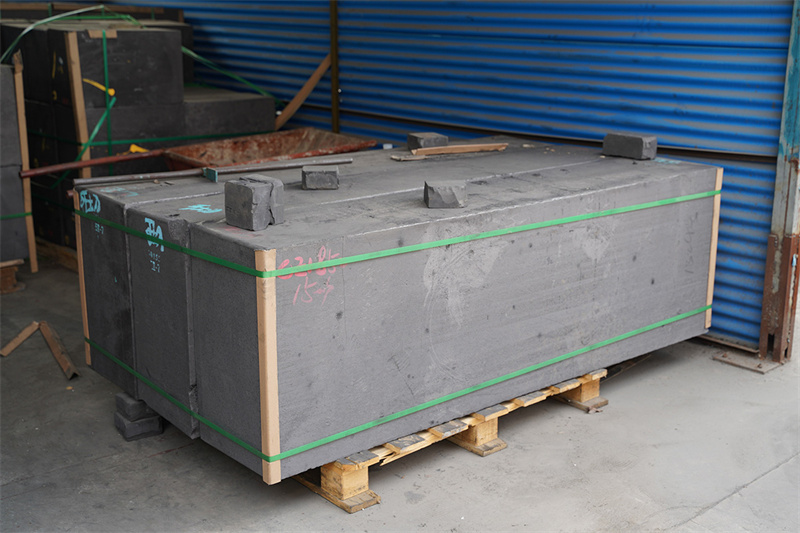Graphite, a crystalline form of carbon, is widely used in various industries due to its unique properties such as high thermal conductivity, electrical conductivity, and lubricity. The manufacturing of graphite products can be broadly categorized into two main types: natural graphite and synthetic graphite. Each type involves distinct processes and techniques. Below, we explore the different methods of manufacturing graphite products.
Natural Graphite Manufacturing
Natural graphite is mined from graphite deposits and then processed to meet industrial requirements. The principal types of natural graphite are flake graphite, amorphous graphite, and vein graphite, each with unique properties and applications.
Mining and Beneficiation
Mining: Natural graphite is extracted through open-pit or underground mining methods. The choice of method depends on the depth and quality of the graphite deposit.
Beneficiation: The mined graphite ore undergoes beneficiation to increase its purity. This involves processes such as crushing, grinding, flotation, and sometimes acid leaching to remove impurities.
Processing
Crushing and Grinding: The raw graphite is crushed and ground to liberate the graphite flakes from the surrounding rock.
Flotation: The ground material is subjected to flotation to separate the graphite flakes from the gangue minerals.
Drying and Screening: The concentrated graphite is dried and screened to achieve the desired particle size distribution.
Synthetic Graphite Manufacturing
Synthetic graphite is produced from carbon-rich raw materials through a series of high-temperature processes. The primary raw materials include petroleum coke, pitch coke, carbon black, and natural graphite scrap.
Raw Material Preparation
Pulverization: The raw materials are pulverized using crushers and ball mills to achieve a fine powder.
Blending: The pulverized materials are blended with a binder such as coal tar pitch or petroleum pitch to form a homogeneous mixture.
Shaping Techniques
Cold Isostatic Pressing (CIP): The powder mixture is placed in a flexible mold and subjected to uniform pressure from all directions using a liquid medium. This method produces isotropic materials with uniform properties.
Extrusion: The mixture is forced through a die to create long products with a consistent cross-section, such as rods, bars, and pipes. Extruded graphite is anisotropic, with different properties along different directions.
Die Molding: The mixture is compacted in a die using uniaxial pressure. This method is suitable for the mass production of simple shapes.
Heat Treatment
Baking (Carbonization): The shaped parts, known as "green compacts," are baked at temperatures between 1000°C and 1200°C in an oxygen-free environment. This process decomposes the binder into elemental carbon and volatile components, forming a porous structure.
Graphitization: The carbonized parts are further heat-treated at temperatures between 2500°C and 3000°C. This high-temperature treatment transforms the amorphous carbon into crystalline graphite, enhancing its properties such as thermal conductivity and purity.
Post-Processing Techniques
Impregnation: The porous graphite can be impregnated with resins or other materials to enhance its mechanical properties and reduce porosity. This process may involve multiple cycles of impregnation and rebaking.
Machining: The final graphite products are often machined to precise dimensions using techniques similar to those used for metals. This step is crucial for applications requiring high precision.
Specialized Graphite Products
Pyrolytic Graphite: Produced by chemical vapor deposition (CVD) of hydrocarbon gases at high temperatures, resulting in ultra-pure, anisotropic graphite with excellent thermal conductivity and strength. It is used as a non-permeable coating on sintered graphite.
Flexible Graphite: Made from purified natural graphite flakes that are expanded and compressed into flexible sheets. This material retains the properties of natural graphite while being easy to process and shape.
Conclusion
The manufacturing of graphite products involves a combination of mining, beneficiation, and various high-temperature processes. Each method is tailored to produce graphite with specific properties suitable for different industrial applications. Understanding these processes is essential for optimizing the production and application of graphite materials in industries ranging from electronics to metallurgy.



_853.jpg)
_867.jpg)
